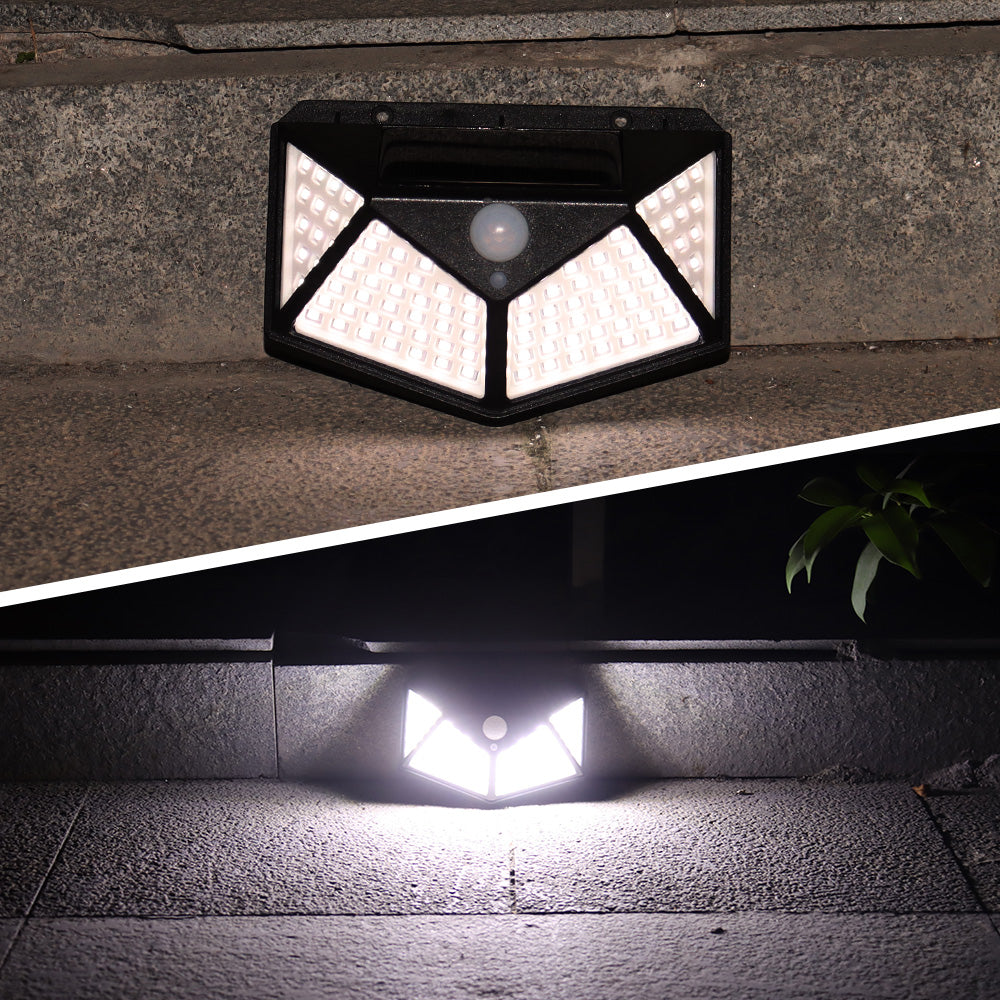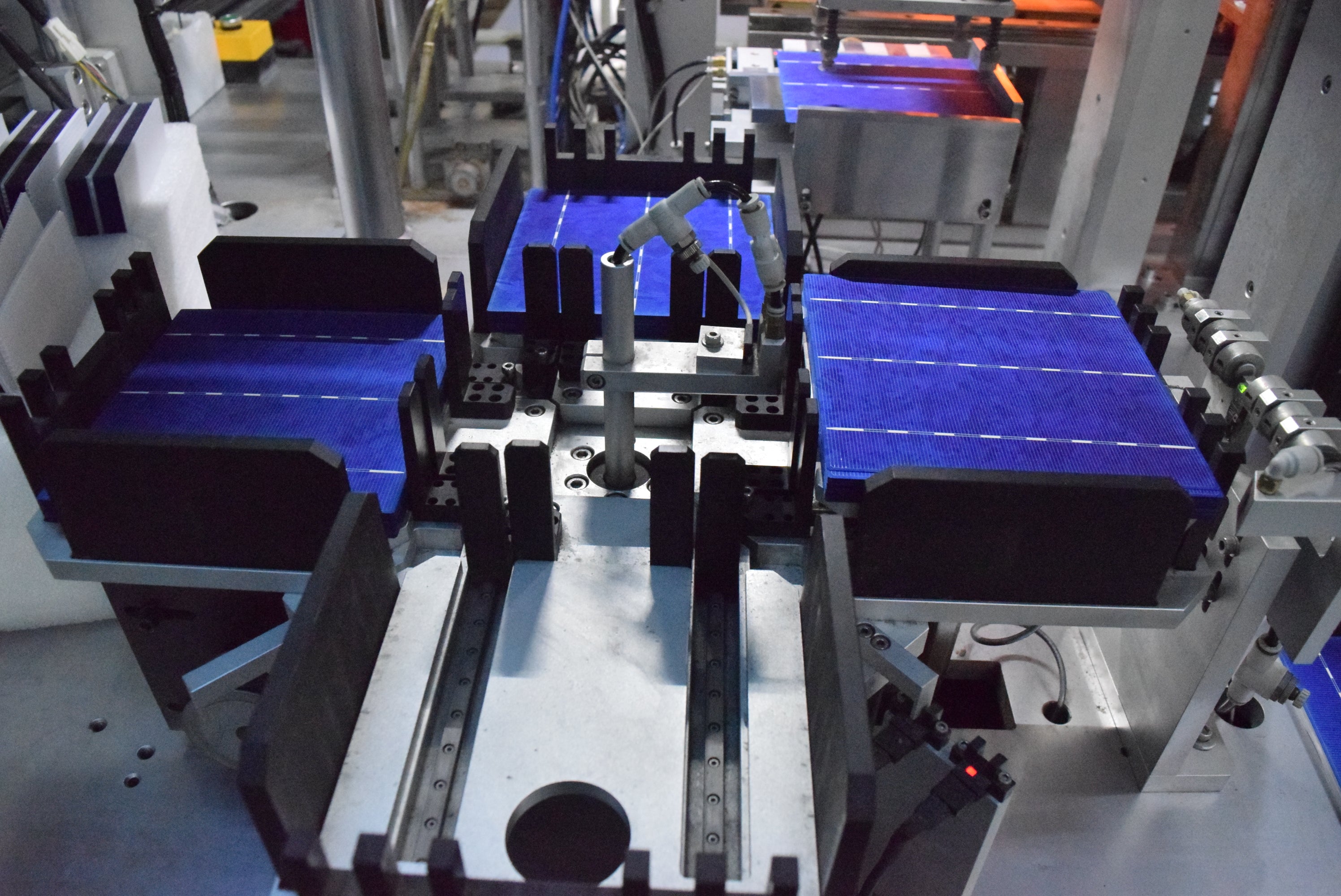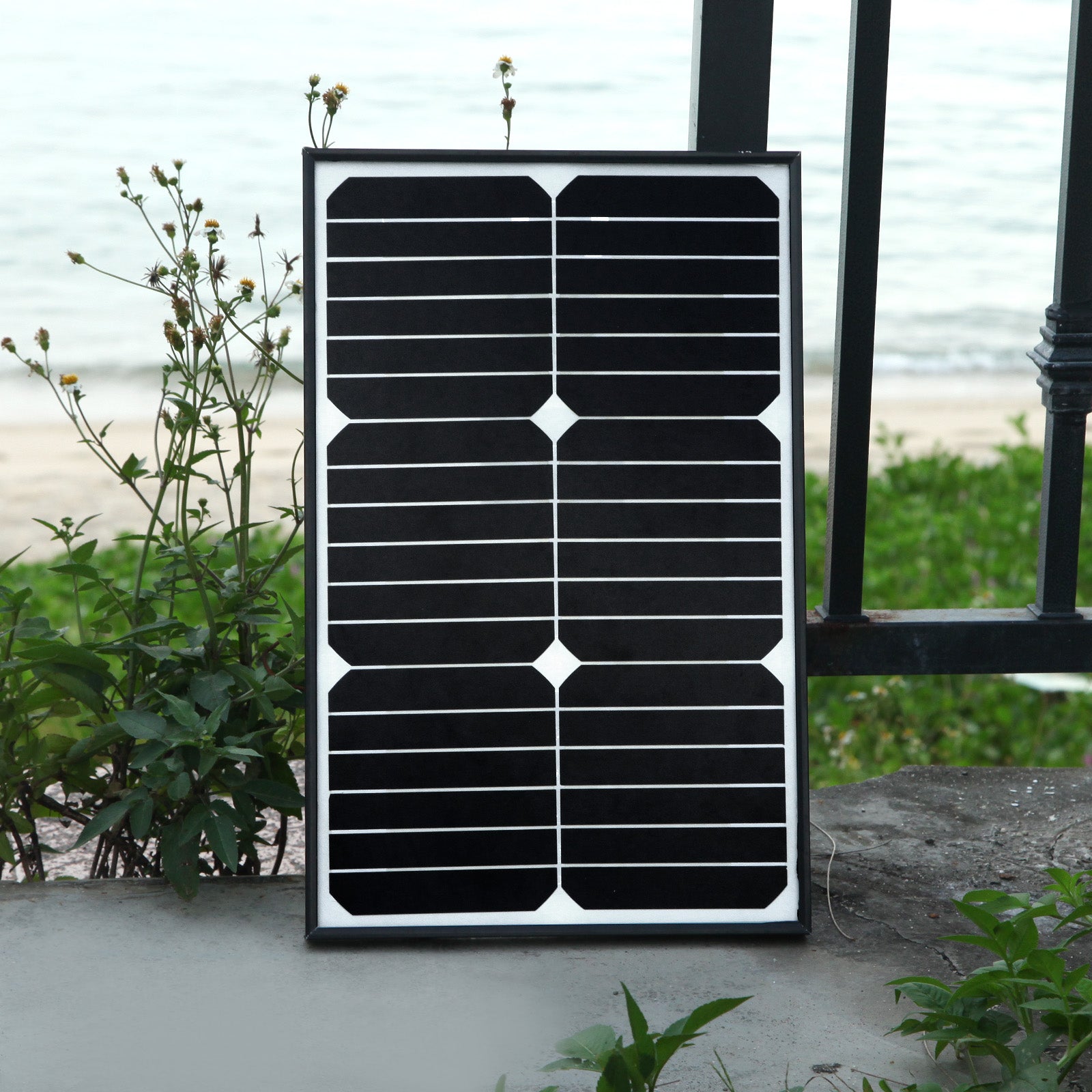Solar power generation system consists of solar cells, solar controllers, batteries (group). If the output power is AC 220V or 110V, also need to configure the inverter. The role of each part is:
solar panel
(A) solar panels: solar panels are solar power system in the core part of the solar power system is the most valuable part. Its role is to convert the sun's radiation capacity into electricity, or sent to the battery stored, or to promote the load work. The quality and cost of solar panels will directly determine the quality and cost of the entire system;
Solar Controller
(B) solar controller: the role of solar controller is to control the work of the entire system state, and the battery played a charge protection, over discharge protection role. In the larger temperature difference, qualified controller should also have the function of temperature compensation. Other additional functions such as light control switches, time control switches should be optional options;
Battery
(C) batteries: generally lead-acid batteries, small micro-system, can also be used nickel-metal hydride batteries, nickel-cadmium batteries or lithium batteries. Its role is in the light when the solar panels issued by the energy stored up to the time to release again.
Inverter
(4) Inverter: In many cases, need to provide 220VAC, 110VAC AC power. As the direct output of solar energy are generally 12VDC, 24VDC, 48VDC. In order to provide power to 220VAC appliances, it is necessary to convert the DC power emitted by the solar power system into AC power, so it is necessary to use DC-AC inverter. In some cases, the need to use a variety of voltage load, but also to use DC-DC inverter, such as the 24VDC power into 5VDC power (note, not a simple buck).
Influencing factors
The design of solar power systems needs to consider the following factors:
Q1, where is the solar power generation system used? What is the solar radiation situation?
Q2, how much load the system is?
Q3, the system's output voltage is the number of DC or AC?
Q4, how many hours does the system need to work every day?
Q5, if encountered no sunshine rainy weather, the system need to supply power for several days?
Q6, the load situation, pure resistivity, capacitive or inductive, starting current how much?
Q7, the number of system requirements.
solar panel
(A) solar panels: solar panels are solar power system in the core part of the solar power system is the most valuable part. Its role is to convert the sun's radiation capacity into electricity, or sent to the battery stored, or to promote the load work. The quality and cost of solar panels will directly determine the quality and cost of the entire system;
Solar Controller
(B) solar controller: the role of solar controller is to control the work of the entire system state, and the battery played a charge protection, over discharge protection role. In the larger temperature difference, qualified controller should also have the function of temperature compensation. Other additional functions such as light control switches, time control switches should be optional options;
Battery
(C) batteries: generally lead-acid batteries, small micro-system, can also be used nickel-metal hydride batteries, nickel-cadmium batteries or lithium batteries. Its role is in the light when the solar panels issued by the energy stored up to the time to release again.
Inverter
(4) Inverter: In many cases, need to provide 220VAC, 110VAC AC power. As the direct output of solar energy are generally 12VDC, 24VDC, 48VDC. In order to provide power to 220VAC appliances, it is necessary to convert the DC power emitted by the solar power system into AC power, so it is necessary to use DC-AC inverter. In some cases, the need to use a variety of voltage load, but also to use DC-DC inverter, such as the 24VDC power into 5VDC power (note, not a simple buck).
Influencing factors
The design of solar power systems needs to consider the following factors:
Q1, where is the solar power generation system used? What is the solar radiation situation?
Q2, how much load the system is?
Q3, the system's output voltage is the number of DC or AC?
Q4, how many hours does the system need to work every day?
Q5, if encountered no sunshine rainy weather, the system need to supply power for several days?
Q6, the load situation, pure resistivity, capacitive or inductive, starting current how much?
Q7, the number of system requirements.



